Home>diy>Architecture & Design>Who Can Design A Passive Solar House
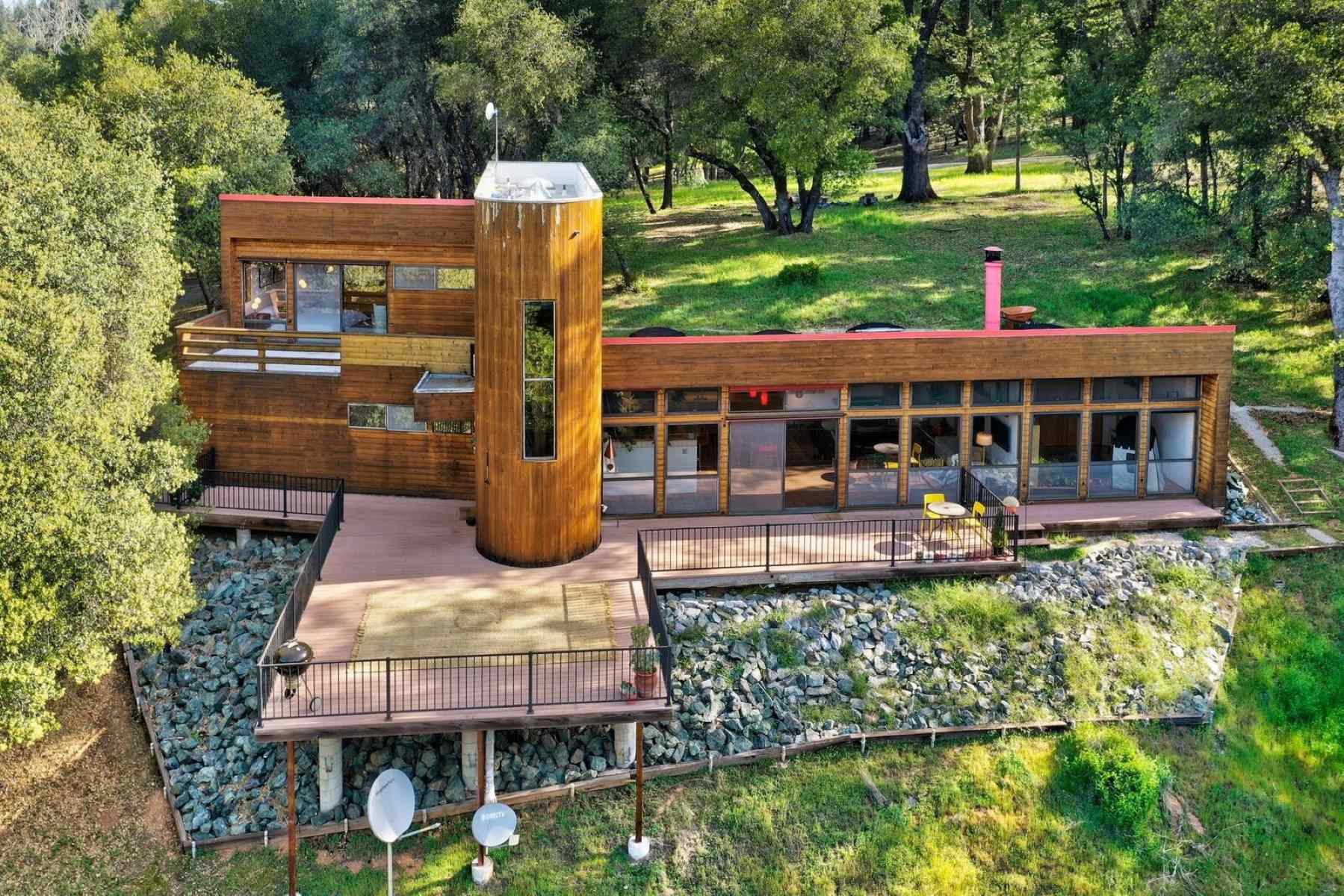

Architecture & Design
Who Can Design A Passive Solar House
Modified: December 7, 2023
Looking for an expert in architecture design? Get a passive solar house designed by professionals who prioritize energy efficiency and sustainability.
(Many of the links in this article redirect to a specific reviewed product. Your purchase of these products through affiliate links helps to generate commission for Storables.com, at no extra cost. Learn more)
Introduction
Designing a house that maximizes energy efficiency and minimizes environmental impact is a top priority for many homeowners. One popular approach to achieving this goal is through passive solar design.
Passive solar design is a sustainable architectural concept that harnesses the natural elements like sunlight, ventilation, and thermal mass to reduce reliance on mechanical heating, cooling, and lighting systems. By strategically incorporating these elements into the design, a passive solar house can significantly decrease energy consumption, lower utility bills, and create a comfortable living environment.
In this article, we will delve into the world of passive solar house design, exploring its benefits, essential factors to consider, and the professionals involved in bringing these eco-friendly homes to life.
Key Takeaways:
- Passive solar design maximizes energy efficiency and comfort by harnessing natural elements like sunlight, ventilation, and thermal mass. It reduces reliance on mechanical systems, leading to lower utility bills and a smaller ecological footprint.
- Collaboration with specialized professionals, such as architects, engineers, and builders, is crucial for successfully bringing a passive solar house to life. Their expertise ensures the integration of sustainable principles and optimal energy performance.
Read more: Who Can Design A House
What is a Passive Solar House?
A passive solar house is a home designed to utilize the sun’s energy efficiently and effectively to provide heating, cooling, and natural lighting without the need for mechanical systems. It takes advantage of the local climate and site-specific conditions to create a comfortable and sustainable living environment.
At the core of passive solar design is the concept of harnessing the sun’s energy through three main principles: solar gain, thermal mass, and natural ventilation.
Solar gain refers to the process of capturing and utilizing the sun’s heat. This is achieved by positioning the house and its windows in a way that maximizes exposure to the sun during the winter months, when heat is desired, and minimizing exposure during the hot summer months, when cooling is needed.
Thermal mass is another key element of passive solar design. It involves using materials that have the ability to store heat, such as concrete, brick, or stone. These materials absorb the sun’s heat during the day and release it slowly throughout the night, helping to regulate indoor temperatures and reduce the need for artificial heating or cooling.
Natural ventilation plays a crucial role in passive solar design as well. By incorporating well-placed windows, vents, and vents, the house can take advantage of natural breezes to cool down in the summer and allow for fresh air circulation. This eliminates the need for air conditioning and reduces reliance on mechanical ventilation systems.
Overall, a passive solar house is an integrated and well-thought-out design that harmoniously combines architectural elements, material choices, and the surrounding environment to create a comfortable and energy-efficient living space.
Benefits of Passive Solar Design
Passive solar design offers numerous benefits for homeowners, the environment, and energy efficiency. Let’s explore some of the key advantages:
- Energy Efficiency: One of the primary benefits of passive solar design is its exceptional energy efficiency. By maximizing solar gain and utilizing thermal mass, passive solar homes can significantly reduce the need for artificial heating and cooling systems, resulting in substantial energy savings. Homeowners can enjoy lower utility bills and a reduced ecological footprint.
- Comfort: Passive solar homes are designed to optimize natural lighting, heating, and cooling, creating a comfortable indoor environment. The strategic placement of windows and the use of thermal mass ensure balanced temperatures throughout the year, reducing the need for excessive heating or air conditioning. Additionally, ample natural light enhances the overall ambiance and well-being of occupants.
- Health Benefits: Passive solar design prioritizes natural ventilation, allowing fresh air to circulate throughout the house. This helps to improve indoor air quality and reduces the risks of respiratory problems and allergies associated with stagnant air or reliance on mechanical ventilation systems.
- Environmental Sustainability: Passive solar design significantly reduces the reliance on non-renewable energy sources, making it an environmentally sustainable choice. By utilizing the sun’s energy and natural ventilation, passive solar homes contribute to a smaller carbon footprint and help combat climate change.
- Long-Term Cost Savings: While upfront costs for designing and building a passive solar house may be slightly higher compared to conventional homes, the long-term cost savings are substantial. The reduced energy consumption translates into lower utility bills over the lifespan of the home. Additionally, passive solar design can increase the resale value of the property, as energy efficiency and sustainability features are highly sought after by homebuyers.
Overall, the benefits of passive solar design go beyond energy efficiency; they encompass enhanced comfort, improved indoor air quality, environmental sustainability, and long-term cost savings. By embracing passive solar principles, homeowners can create a harmonious and eco-friendly living space that is both financially and environmentally responsible.
Factors to Consider in Designing a Passive Solar House
Designing a passive solar house involves careful deliberation and attention to various factors. Here are some key considerations for a successful passive solar design:
- Orientation: The orientation of the house plays a crucial role in passive solar design. Ideally, the longest sides of the house should face south or within 15 degrees of true south in the northern hemisphere (or north in the southern hemisphere). This maximizes exposure to the sun during the winter months, when solar gain is desired for heating, and minimizes exposure during the hot summer months, when cooling is needed.
- Site Analysis: A thorough analysis of the site is essential in passive solar design. Factors such as the local climate, prevailing winds, shading from neighboring structures or trees, and the slope of the land should be considered. This helps determine the optimal placement of windows, the layout of the house, and the need for additional shading or insulation.
- Windows and Glazing: The selection and placement of windows are critical in passive solar design. South-facing windows should be larger and strategically positioned to maximize solar gain, while east and west-facing windows should be smaller to minimize heat gain during the summer. Insulated and high-performance glazing are recommended to reduce heat loss in winter and heat gain in summer.
- Thermal Mass: The choice of thermal mass materials, such as concrete, brick, or stone, is important in passive solar design. These materials absorb and store heat during the day, releasing it slowly at night to help regulate indoor temperatures. The location and amount of thermal mass within the house should be carefully considered to achieve optimal thermal performance.
- Insulation: Proper insulation is vital in passive solar design to minimize heat loss in winter and heat gain in summer. The walls, roof, and floor should be well-insulated to create a thermally efficient envelope that prevents unwanted heat transfer.
- Natural Ventilation: Incorporating natural ventilation strategies is essential for maintaining indoor air quality and cooling the house during warmer months. This can be achieved through well-placed windows, vents, and skylights that allow for cross ventilation and the expulsion of hot air.
- Sustainability Considerations: Passive solar design offers an opportunity to embrace sustainable practices. Consider using environmentally friendly materials, incorporating renewable energy systems such as solar panels, and designing spaces that promote energy efficiency and water conservation.
By taking these factors into account during the design phase, homeowners can create a passive solar house that optimizes energy efficiency, comfort, and sustainability.
Architects and Designers Specializing in Passive Solar Design
Designing a passive solar house requires expertise in sustainable architecture and a deep understanding of the principles and strategies that make these homes energy-efficient. Fortunately, there are architects and designers who specialize in passive solar design and have the knowledge and experience to create environmentally friendly and aesthetically pleasing homes. Here are some key professionals involved in passive solar house design:
- Passive Solar Architects: These architects have expertise in passive solar design principles and specialize in creating homes that maximize energy efficiency and utilize sustainable practices. They work closely with clients to understand their needs, site conditions, and budget, and then develop a design that incorporates passive solar strategies for heating, cooling, and natural lighting.
- Sustainable Designers: Sustainable designers focus on creating environmentally friendly and energy-efficient homes. They have a broad understanding of passive solar design principles, as well as other sustainable building practices. Their expertise extends beyond architectural design and includes material selection, energy modeling, and systems integration.
- Green Building Consultants: Green building consultants provide expertise and guidance on sustainable design principles, energy-efficient technologies, and building codes and regulations. They assist homeowners and design professionals in navigating the complexities of passive solar design, ensuring compliance with sustainable building standards, and optimizing energy performance.
- Building Energy Modelers: These professionals use specialized software and tools to simulate and analyze the energy performance of a building. By creating detailed energy models, they can evaluate how different design elements and systems impact energy consumption and overall efficiency. Building energy modelers play a crucial role in optimizing passive solar house designs to achieve the highest level of energy performance.
- Interior Designers: Interior designers specializing in passive solar design focus on creating comfortable and livable spaces that align with the sustainable and energy-efficient goals of the house. They consider factors such as natural lighting, thermal comfort, and materials with low embodied energy to create interiors that are both visually appealing and eco-friendly.
When selecting architects and designers for your passive solar house project, it is important to review their portfolios, assess their experience in sustainable design, and inquire about their knowledge of passive solar principles. Look for professionals who are passionate about environmental responsibility and have a track record of successful passive solar projects.
Collaborating with these professionals will ensure that your passive solar house is designed to its fullest potential, combining architectural beauty, optimal energy efficiency, and a sustainable living environment.
When designing a passive solar house, consider the orientation of the building to maximize sunlight exposure, use high-performance windows, and incorporate thermal mass to store heat.
Read more: What Is A Passive House Building
The Role of Engineers in Passive Solar House Design
Engineers play a crucial role in the design and implementation of passive solar homes, working alongside architects and designers to ensure the technical feasibility and performance of the sustainable strategies. Their expertise in various disciplines contributes to the successful realization of a passive solar house. Here are some key roles engineers play in passive solar house design:
- Solar Engineers: Solar engineers specialize in assessing the solar potential of a site and optimizing the design for maximum solar gain. They use sophisticated computer modeling tools to analyze solar angles, shading, and the path of the sun throughout the year. By collaborating with architects and designers, solar engineers determine the optimal orientation and placement of windows and solar panels to harness the sun’s energy efficiently.
- Structural Engineers: Structural engineers ensure that the passive solar house design is structurally sound and can withstand the loads and forces that it will be subjected to. They provide expertise in load-bearing walls, foundations, and structural elements, ensuring proper support for the house and its components. Their input is crucial in designing a safe and durable passive solar house.
- Mechanical Engineers: Mechanical engineers are responsible for designing the mechanical systems that support the passive solar design. They help determine the appropriate heating, cooling, and ventilation systems that work in harmony with the passive solar strategies. Mechanical engineers also evaluate energy-efficient appliances and ensure that they integrate seamlessly with the overall design to maximize energy savings.
- Electrical Engineers: Electrical engineers ensure that the passive solar house has a robust electrical system. They assess the energy requirements of the house and design the electrical layout, including the placement of outlets, switches, and lighting fixtures. They also work on integrating renewable energy systems, such as solar panels, and ensuring that the electrical system is safe and meets all applicable electrical codes and standards.
- Environmental Engineers: Environmental engineers focus on the environmental impact of the passive solar house design. They assess the potential for water conservation, waste management, and the use of sustainable building materials. They also consider the impact of the house on its surroundings, such as stormwater management and landscape design, to create a holistic and eco-friendly living environment.
Engineers collaborate closely with architects, designers, and other professionals to integrate their expertise into the passive solar house design. Their technical knowledge ensures that the design meets all regulatory requirements, performs optimally, and achieves the desired energy efficiency and sustainability goals. Their involvement from the early stages of the design process through construction and beyond is crucial for a successful passive solar house project.
By including engineers in the design team, homeowners can have confidence that their passive solar house is well-engineered, safe, and designed to perform at its best, creating a comfortable and environmentally conscious living space.
Contractors and Builders for Passive Solar Homes
Contractors and builders play a vital role in bringing the design of passive solar homes to life. Their expertise and craftsmanship are essential for implementing the architectural and engineering plans, ensuring that the passive solar strategies are effectively executed. Here are some key considerations when selecting contractors and builders for your passive solar home project:
- Experience and Expertise: Look for contractors and builders who have experience in constructing passive solar homes. They should understand the principles and strategies involved in passive solar design and be familiar with the specific construction techniques and materials required. Experienced professionals can help streamline the building process, anticipate potential challenges, and ensure a successful outcome.
- Collaboration: It is important to find contractors and builders who are willing to collaborate with the design team, including architects, designers, and engineers. Effective communication and a cooperative working relationship are crucial for translating the design plans into reality, ensuring that the passive solar strategies are implemented correctly.
- Quality Construction: Passive solar homes require careful attention to detail during the construction process. Look for contractors and builders who prioritize quality construction and have a track record of delivering superior craftsmanship. They should be knowledgeable about building materials, insulation techniques, airtightness, and other factors that contribute to the energy efficiency and durability of the home.
- Understanding of Passive Solar Principles: Contractors and builders should have a solid understanding of passive solar principles and how they translate into construction techniques. They should be able to execute the design plans, including the placement of windows for solar gain, the installation of thermal mass materials, and the incorporation of natural ventilation strategies. Their knowledge and attention to detail are essential for realizing the energy efficiency goals of the passive solar home.
- Sustainable Practices: Find contractors and builders who prioritize sustainability and eco-friendly building practices. They should have knowledge of green building materials, energy-efficient systems, and waste management protocols. Choosing professionals who value sustainability aligns with the overall principles of a passive solar home and can contribute to a more environmentally responsible construction process.
- References and Past Projects: Request references and review the past projects of potential contractors and builders. This will provide insights into their workmanship, attention to detail, and ability to deliver on time and within budget. Speaking with past clients can provide valuable feedback on their experience and satisfaction with the contractor’s work.
When selecting contractors and builders for your passive solar home project, take the time to research and interview several candidates. Ask for detailed proposals, including estimated timelines and costs, and carefully evaluate their qualifications and experiences. By choosing the right professionals, you can ensure the successful construction of your passive solar home and enjoy the benefits of an energy-efficient and sustainable living space.
Finding a Professional to Design a Passive Solar House
Designing a passive solar house requires specialized knowledge and expertise in sustainable architecture and energy-efficient design. To find a professional who can bring your vision to life, consider the following steps:
- Research and Gather Information: Start by conducting thorough research on passive solar design principles and the benefits it offers. Familiarize yourself with the key concepts, strategies, and technologies involved in designing a passive solar house. This will help you ask informed questions and make better decisions when selecting a professional.
- Consult Local Architectural and Green Building Associations: Reach out to local architectural associations and organizations focused on green building practices. They can provide recommendations, resources, and directories of professionals who specialize in sustainable architecture and passive solar design.
- Review Portfolios and Case Studies: Take the time to review the portfolios and case studies of architects and designers who specialize in passive solar design. Look for projects similar to what you envision for your own home. Consider the aesthetics, functionality, and energy performance of their previous work to determine if their style aligns with your preferences.
- Check Credentials and Experience: Ensure that the professionals you are considering are licensed and qualified to practice architecture or sustainable design in your area. Look for credentials such as LEED (Leadership in Energy and Environmental Design) certification or Passive House certification, which demonstrate their expertise and commitment to sustainable design practices.
- Seek Recommendations and Referrals: Ask friends, family, or colleagues who have built or renovated passive solar homes for recommendations. Personal referrals can provide valuable insights into the strengths and weaknesses of different professionals. Additionally, reach out to past clients of the professionals you are considering to gain firsthand knowledge of their experience working with them.
- Interview Multiple Professionals: Schedule consultations or interviews with multiple professionals to discuss your project goals, budget, and timeline. Use this opportunity to gauge their communication skills, their understanding of passive solar design principles, and their enthusiasm for your project. Ask for examples of how they have implemented passive solar strategies in previous projects.
- Consider the Fit: Assess whether the professional is a good fit for your project in terms of their design philosophy, communication style, and willingness to collaborate. Passive solar house projects often involve close collaboration between the homeowner and the design professional, so it is important to find someone you feel comfortable working with.
- Review Contracts and Agreements: Before finalizing your decision, carefully review the contracts and agreements provided by the professional. Make sure they clearly outline the scope of work, deliverables, timelines, and fees. If necessary, seek legal advice to ensure you understand and are comfortable with the terms and conditions.
Designing a passive solar house requires finding a professional who understands your vision and has the knowledge and experience to bring it to fruition. By following these steps and conducting thorough research, you can find a qualified and passionate professional who will create an energy-efficient and sustainable home that suits your needs and values.
Conclusion
Designing a passive solar house offers numerous benefits for homeowners, the environment, and energy efficiency. By harnessing the power of nature, passive solar design creates homes that are comfortable, sustainable, and cost-effective in the long run.
In this article, we explored the concept of passive solar design, which leverages natural elements like sunlight, ventilation, and thermal mass to reduce reliance on mechanical systems. We discussed the importance of orientation, site analysis, windows and glazing, thermal mass, insulation, and natural ventilation in the design process.
We also highlighted the crucial roles of architects, designers, engineers, contractors, and builders in bringing passive solar homes to life. These professionals specialize in designing and constructing energy-efficient, environmentally friendly, and aesthetically appealing homes that align with the principles of passive solar design.
Furthermore, we provided guidance on how to find the right professionals for your passive solar house project. Researching, consulting local associations, reviewing portfolios, checking credentials, seeking referrals, and conducting interviews are crucial steps in finding a design professional who understands your vision and can deliver a successful passive solar house design.
In conclusion, designing a passive solar house is an opportunity to reduce energy consumption, decrease environmental impact, and create a comfortable and sustainable living environment. By incorporating passive solar design principles and collaborating with qualified and experienced professionals, you can enjoy the benefits of lower energy bills, improved indoor comfort, and a smaller carbon footprint.
Embrace the power of passive solar design and take a step towards a more sustainable future for your home and the planet.
Frequently Asked Questions about Who Can Design A Passive Solar House
Was this page helpful?
At Storables.com, we guarantee accurate and reliable information. Our content, validated by Expert Board Contributors, is crafted following stringent Editorial Policies. We're committed to providing you with well-researched, expert-backed insights for all your informational needs.
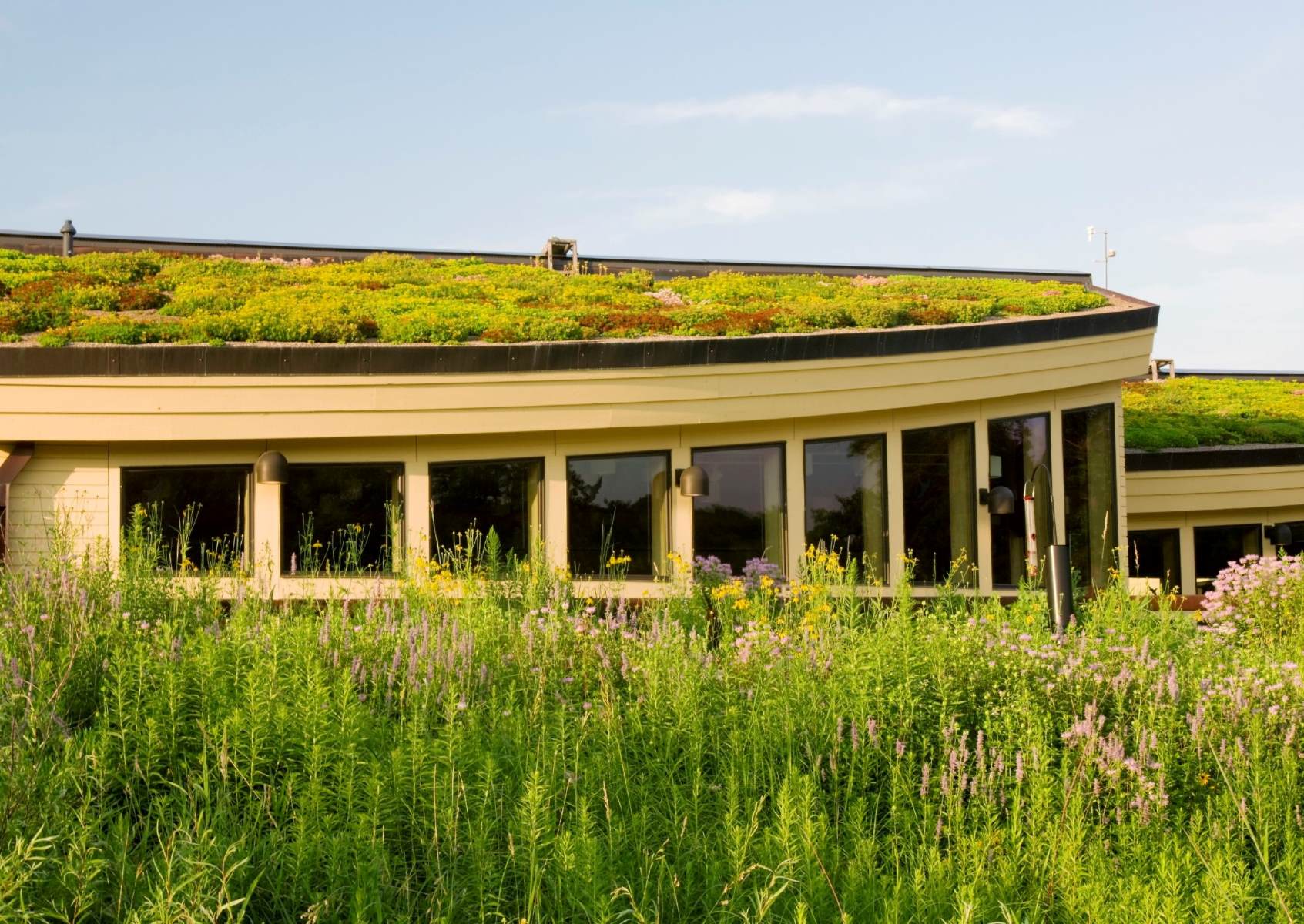
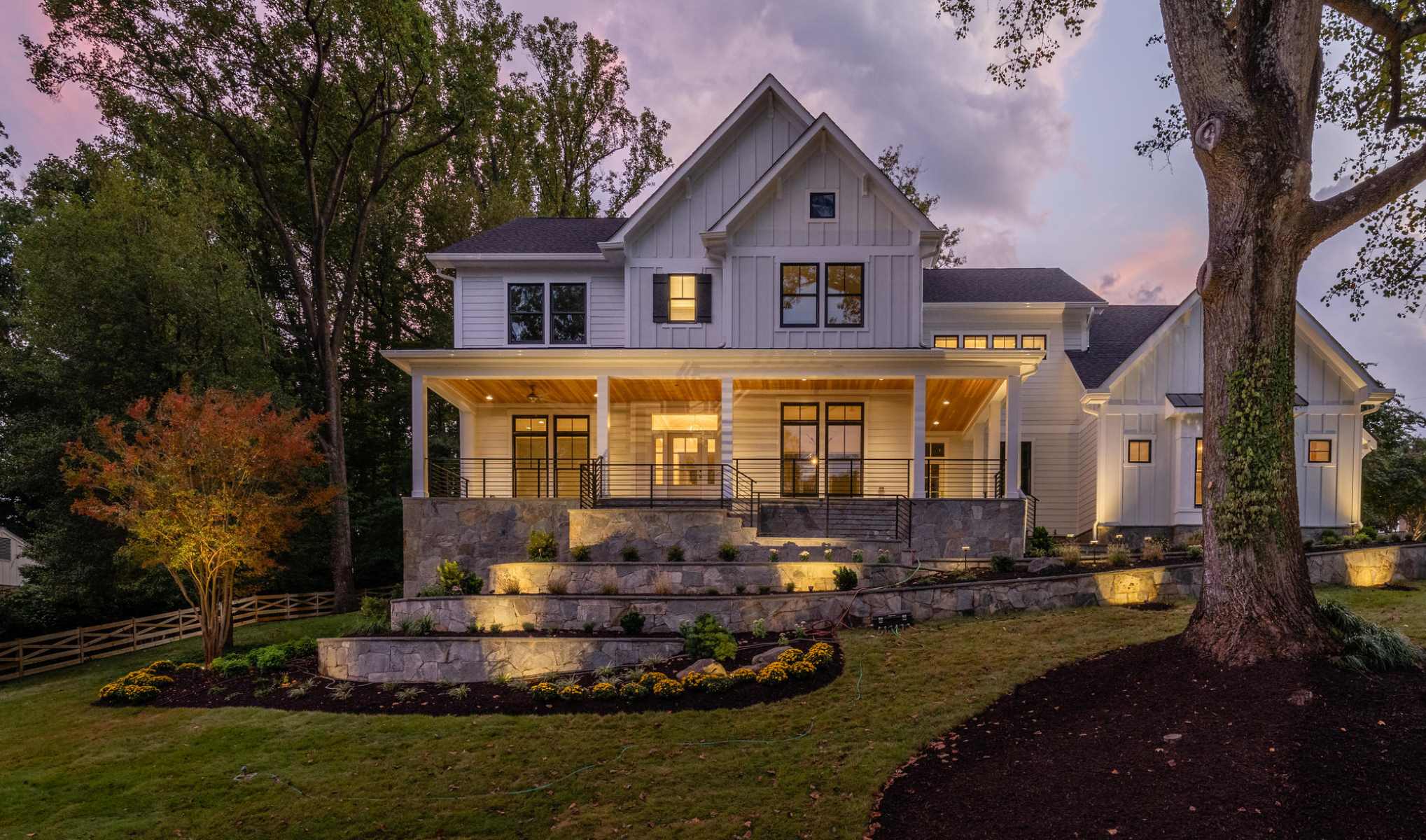
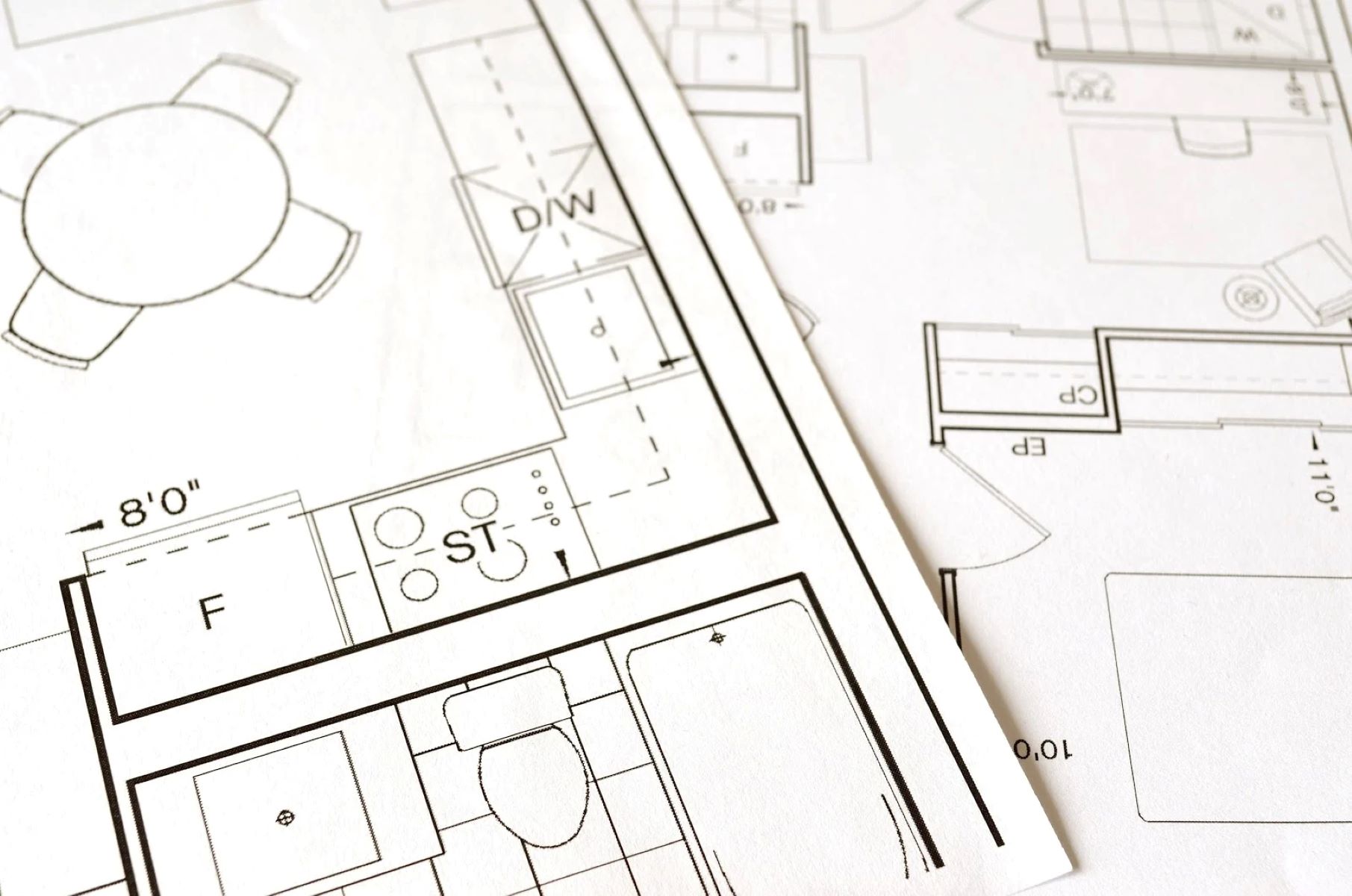
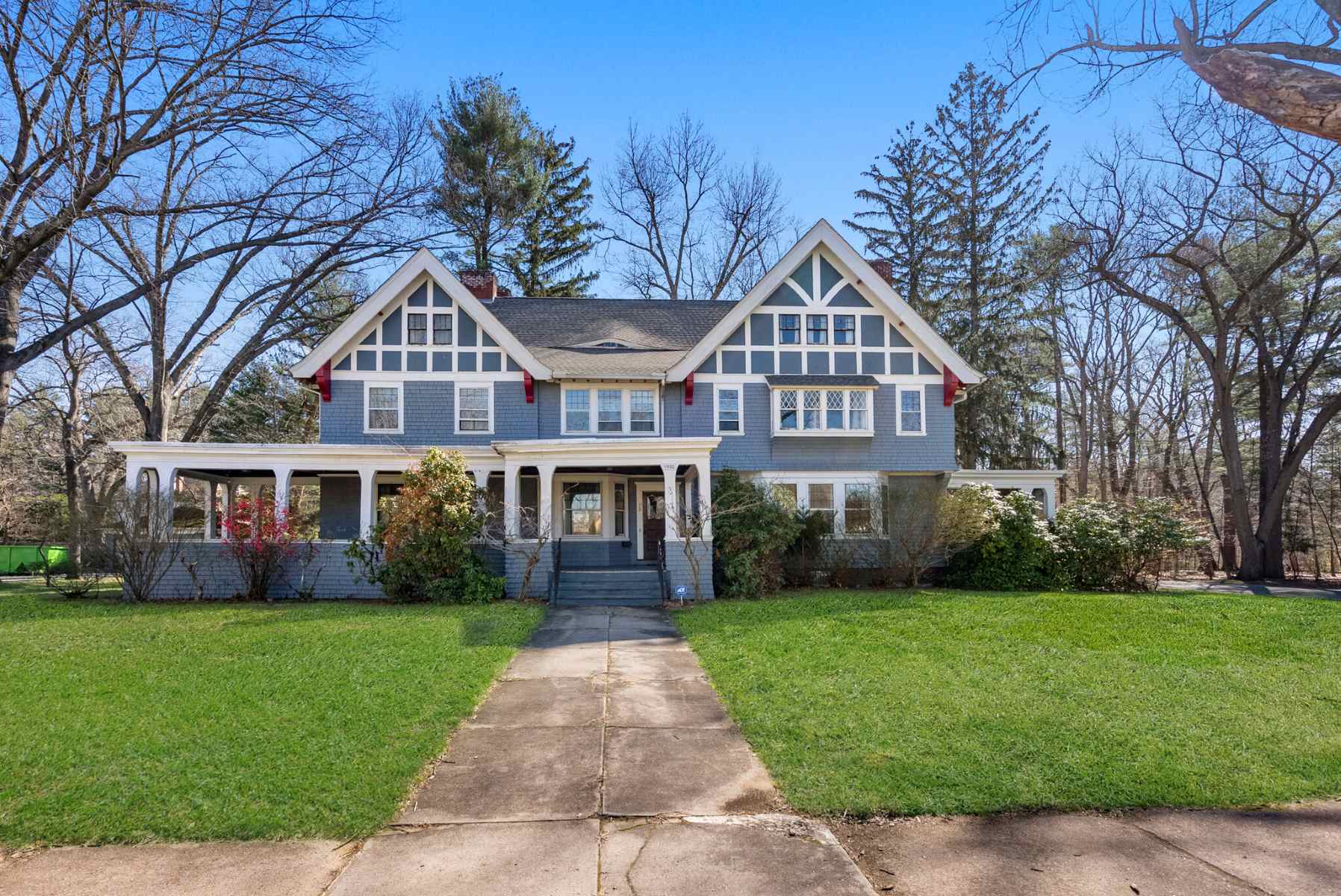
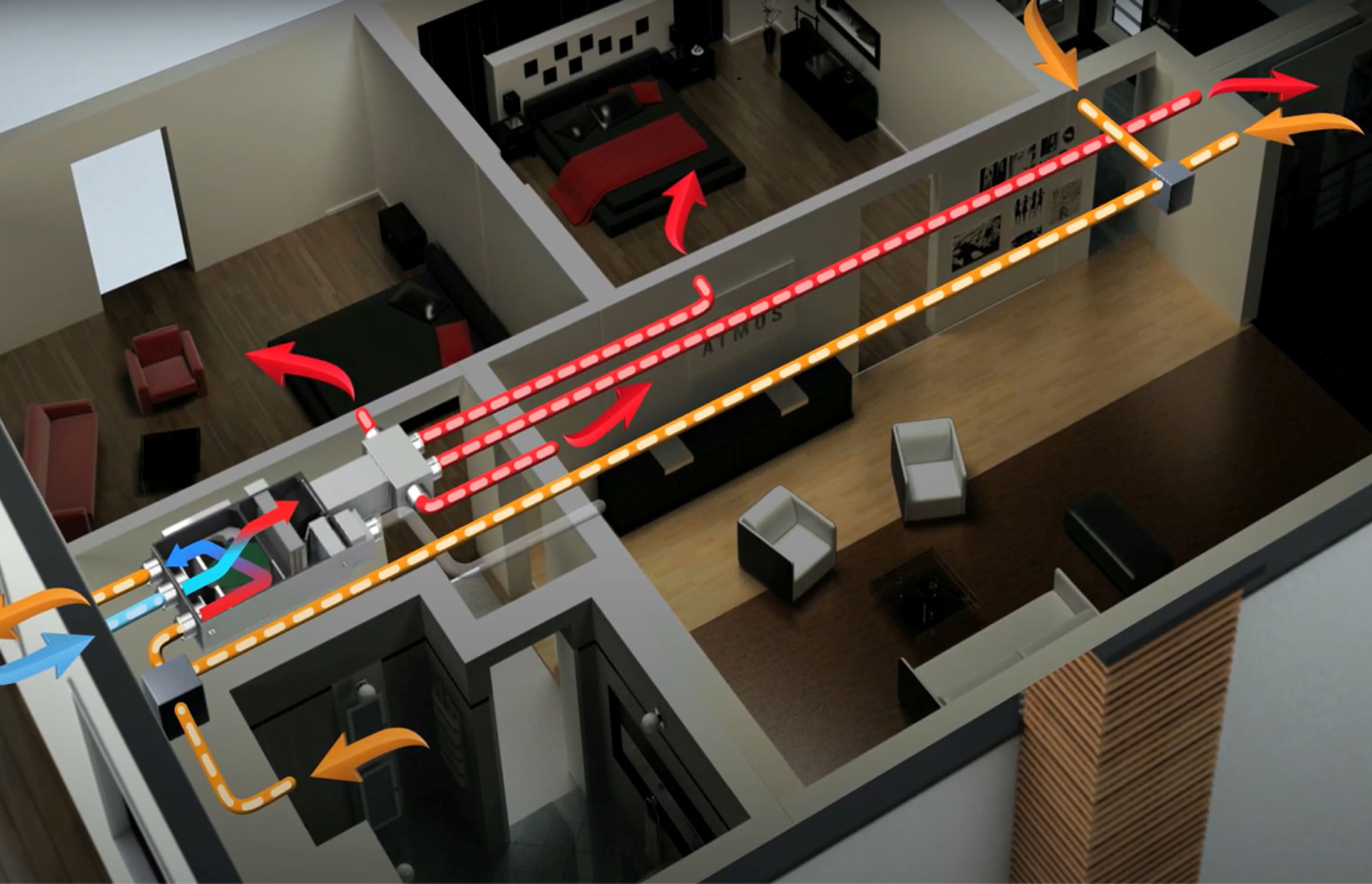
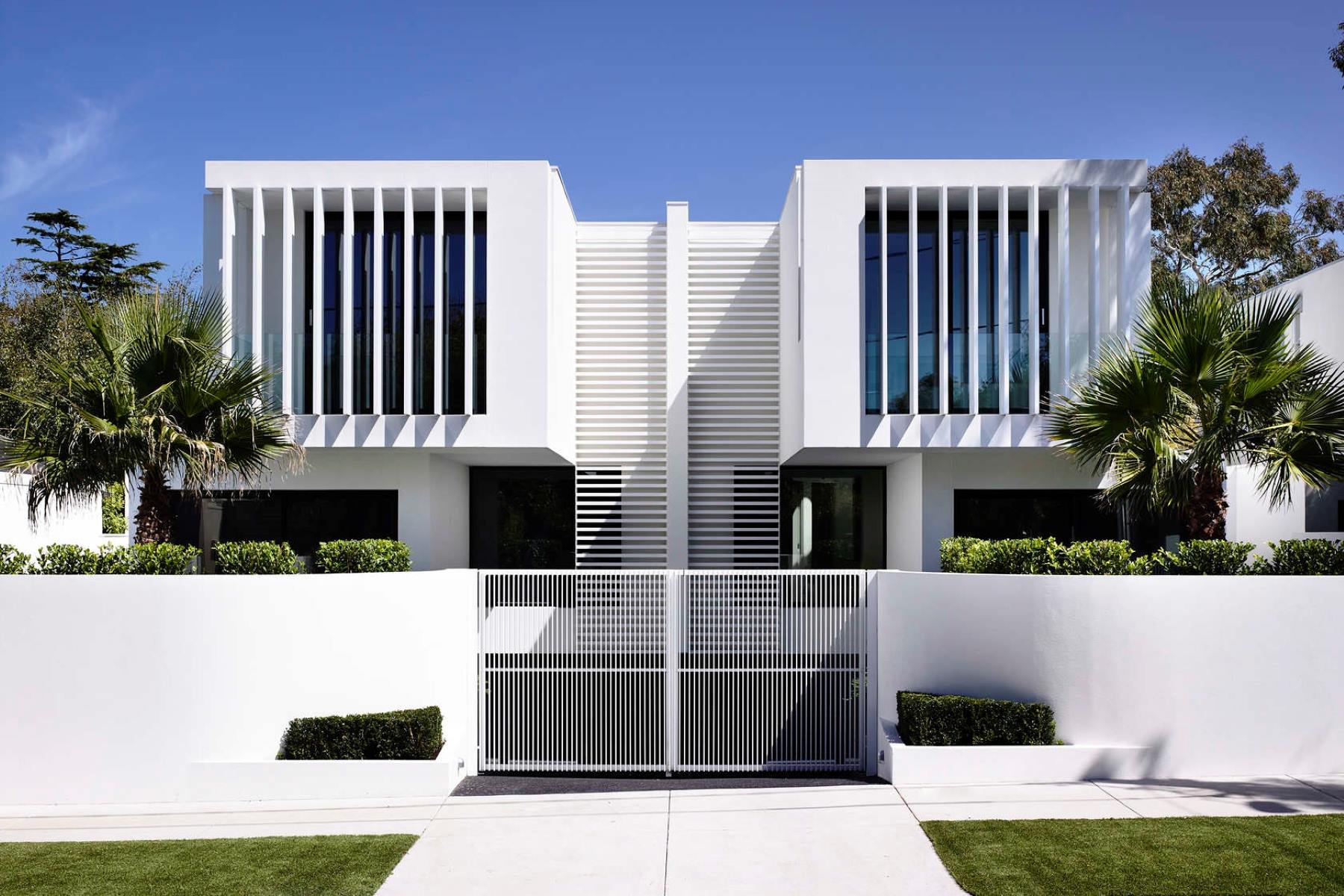
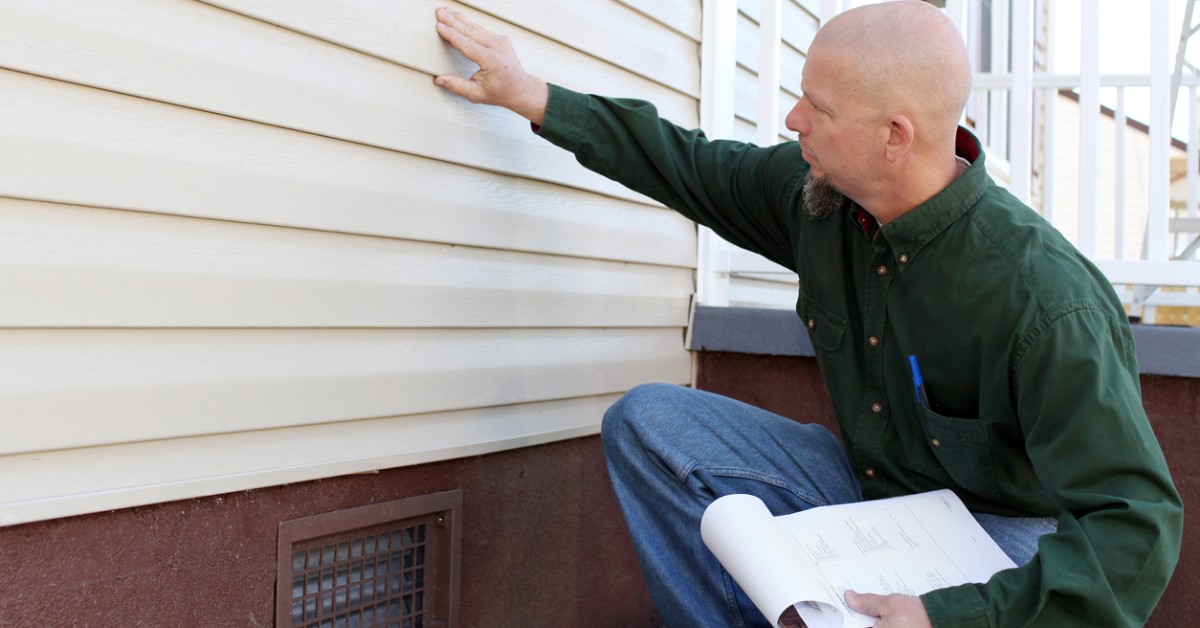

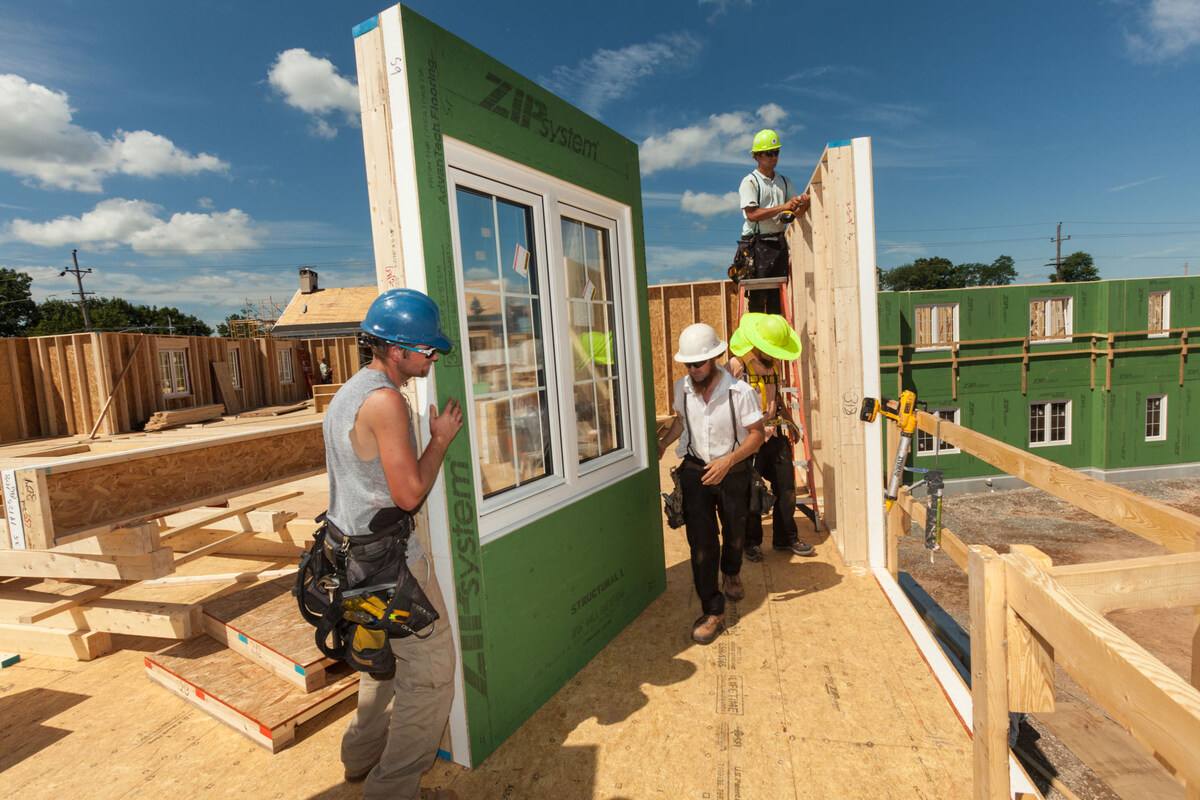
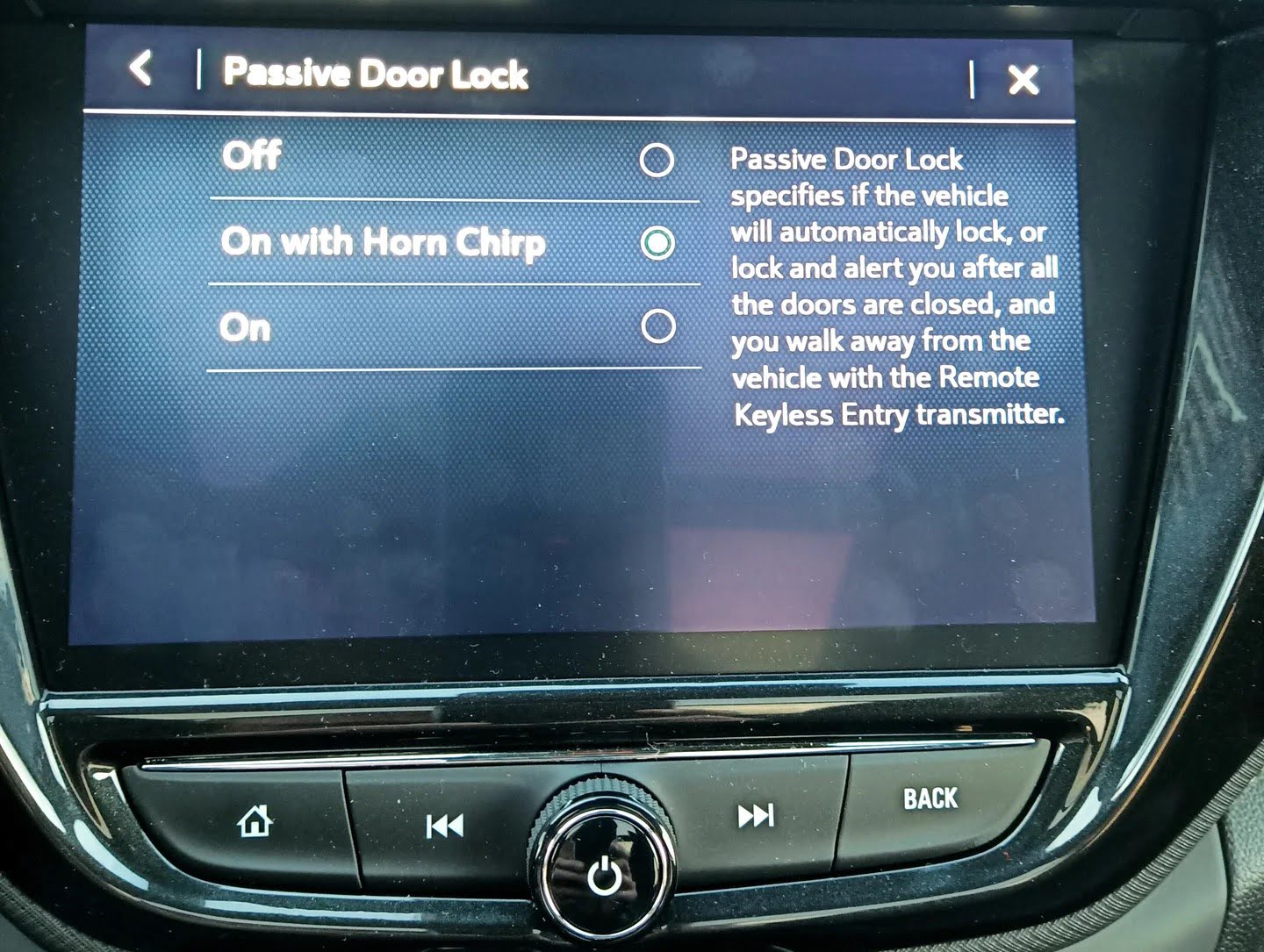
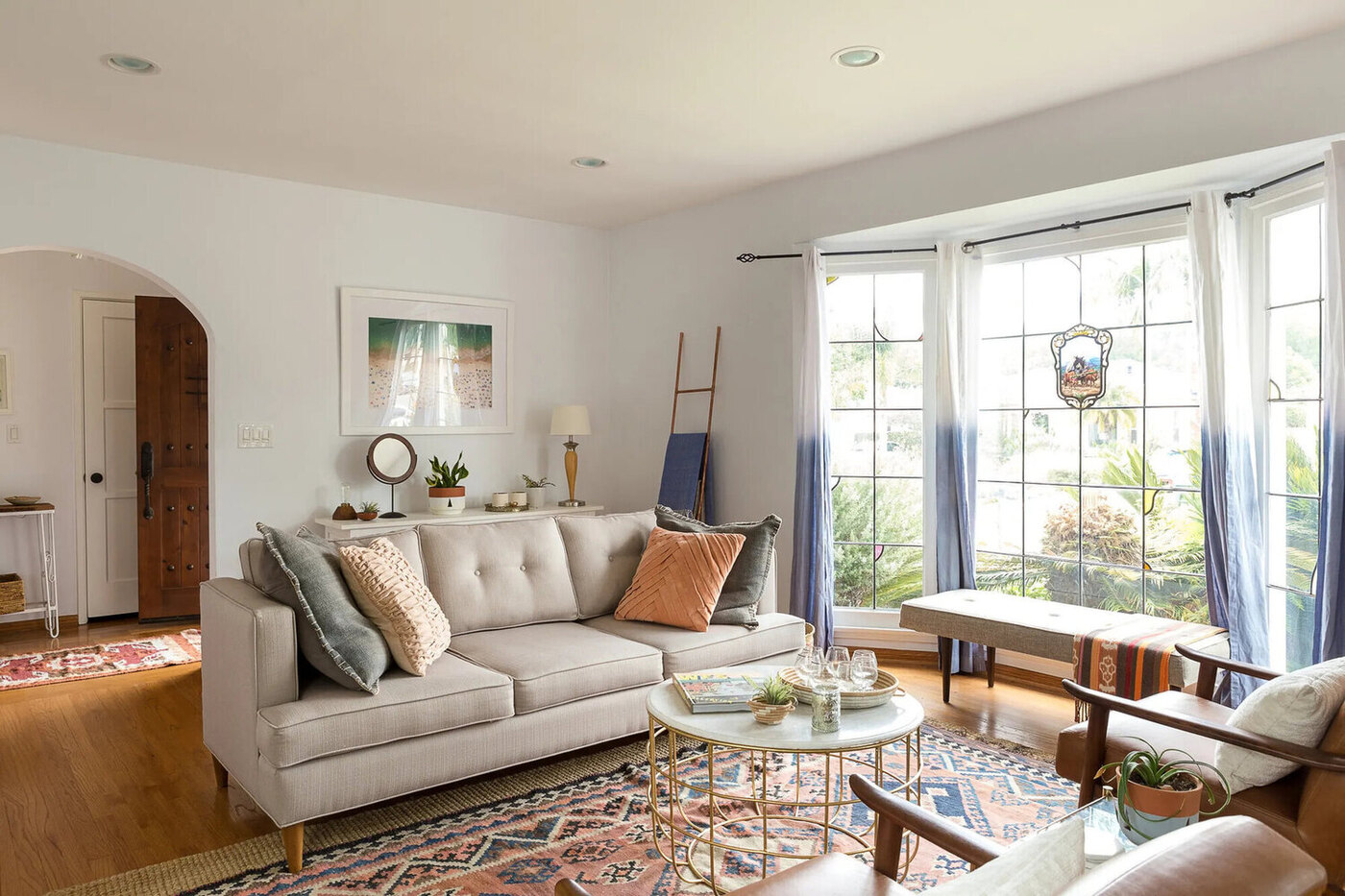
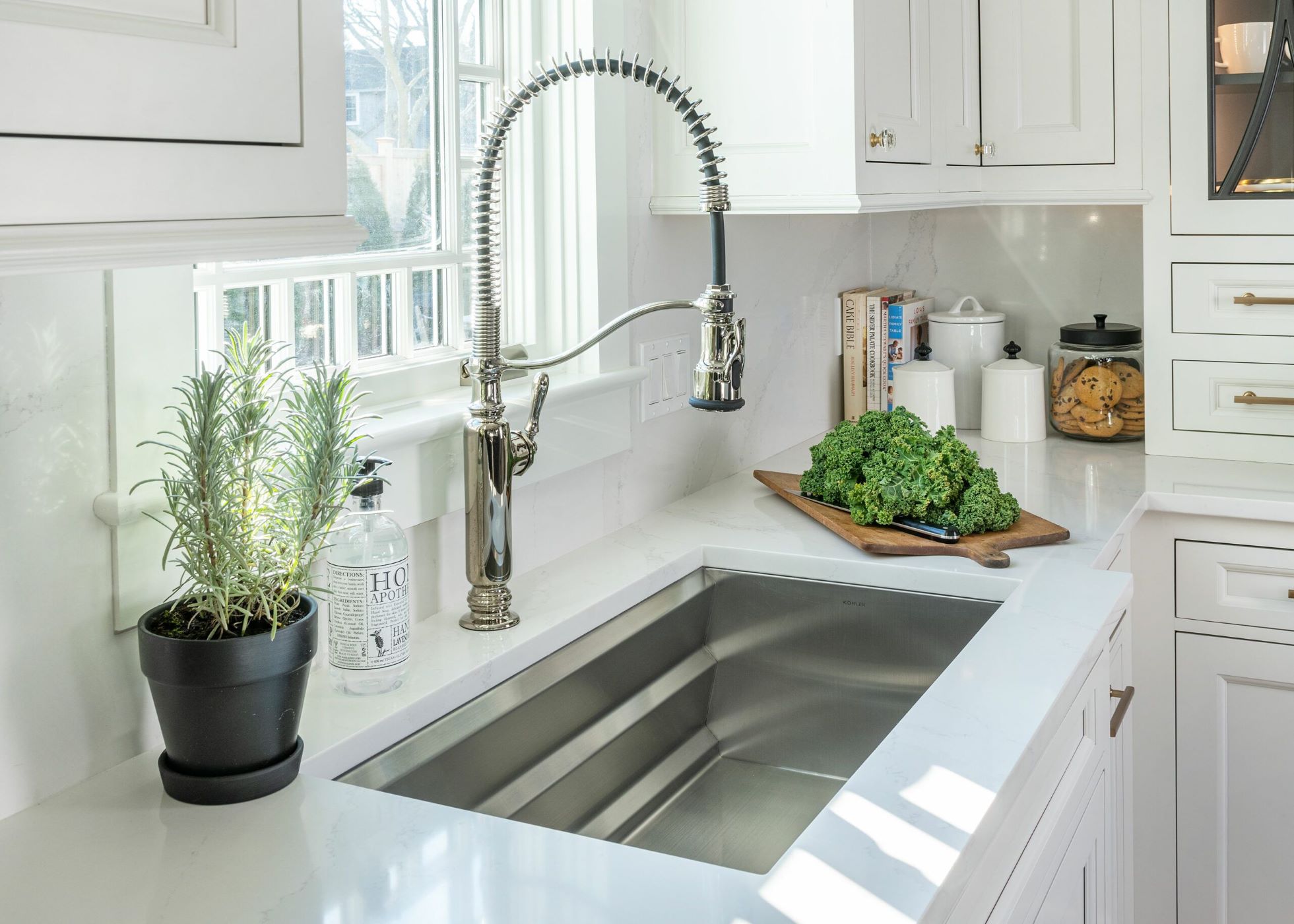

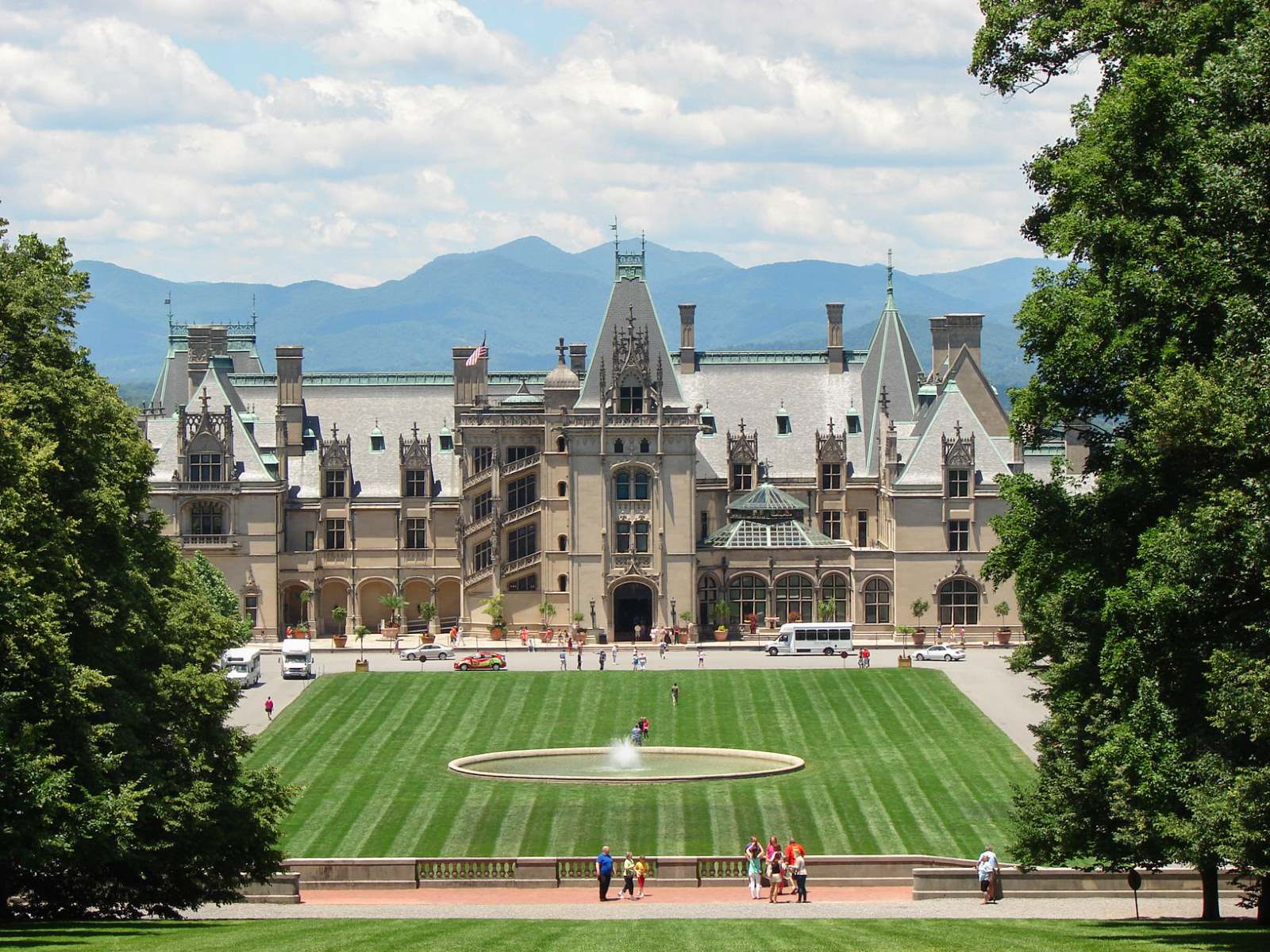

0 thoughts on “Who Can Design A Passive Solar House”